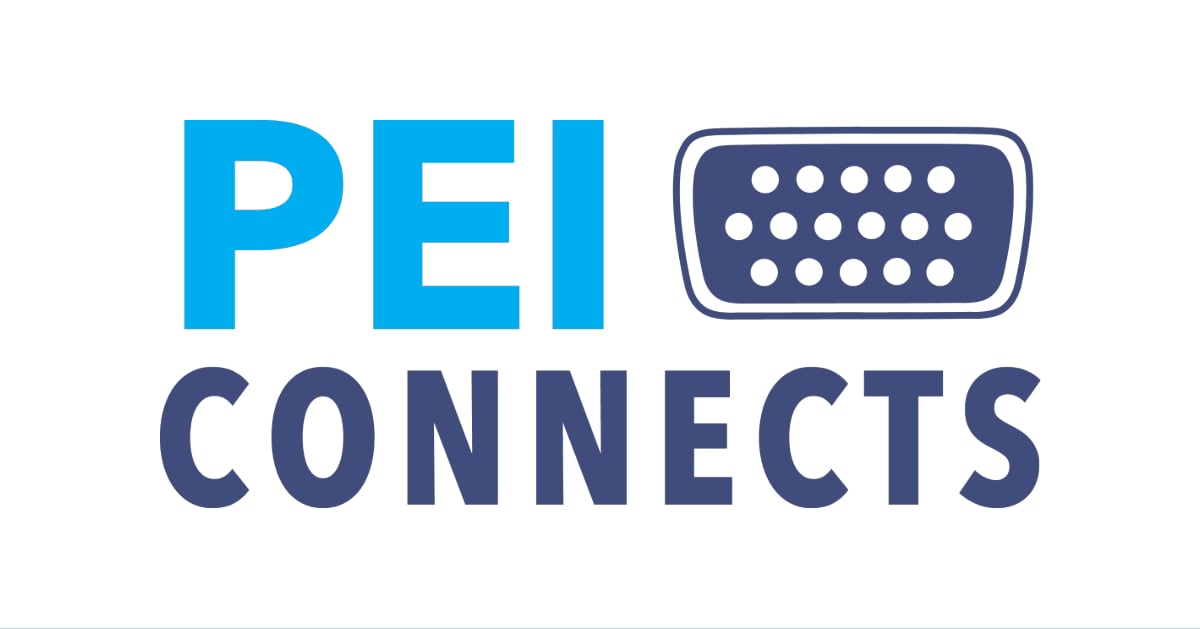In any application with exposure to harsh environments, specifying the right electrical connector capable of withstanding elements such as sea spray or dust is crucial, especially when it comes to sealing capabilities. Connectors for harsh environment applications require an IP rating that is high enough to provide the necessary sealing protection based on its intended use.
With the correct IP rating comes less risk for system failure, which is why ratings play an important role in connector selection. Knowing the ins and outs of the IP rating standard gives confidence in finding connectors with unique specifications.
The Need for IP Ratings
IP stands for Ingress Protection, while the actual IP ratings are based on a set of standards set forth by the International Electrotechnical Commission as defined in IEC 60529. This standard outlines a classification system for the sealing effectiveness of enclosures of electrical equipment against the ingress of foreign bodies into the equipment. These foreign bodies include dust, water, moisture, tools, and even fingers.
From agricultural equipment to medical devices to underwater drones, there are wide ranging harsh condition applications that require different levels of IP-rated protection. The ratings themselves define the level of protection against dust-exposure, short and long-term immersion in a liquid, and high-temperature water and steam. If the wrong IP rating is selected for an electrical connector, it can quickly contribute to connector failure.
IP Ratings and Electrical Connectors
Some applications call for a sealed connector pair with both a receptacle and plug in the context of electrical connectors. This is common in heavy-duty industrial equipment where the connector pair must be protected not only against dust and mud, but the high-pressure water used when equipment is power washed or becomes fully immersed. If connectors are not sealed correctly in such situations, water and other debris could easily disrupt critical signals, corrode contacts, or damage expensive power sources.
The Anatomy of an IP Rating
An IP rating comprises two digits: the first digit indicates the level of object and dust protection on a scale of 0 to 6. The second digit indicates the level of protection against liquid ingress.
First digit (protection against solid objects and dust):
- 0 - not rated for protection against contact with or ingress of solids or particles
- 1 - solid objects larger than 50 mm in size (e.g., larger tools like a wrench or wire cutters)
- 2 - solid objects larger than 12 mm in size (e.g., a finger or screwdriver)
- 3 - solid objects larger than 2.5 mm in size (e.g., thick wire or small tools)
- 4 - solid objects larger than 1 mm in size (e.g., nails, screws, insects)
- 5 - partial protection against dust and other particulate matter, anything that does make its way inside will not compromise the performance of internal components
- 6 - dust-tight, which means full protection against dust and other particulates
Second digit (protection against liquids):
- 0 - not rated for protection against liquids
- 1 - vertically dripping water
- 2 - dripping water coming from a 15° angle
- 3 - direct water spray at any angle up to 60°
- 4 - splashing water from any angle
- 5 - low-pressure jets
- 6 - powerful water jets and heavy seas (e.g., construction, oil field, or mining equipment)
- 7 - full immersion at up to 1-meter depth for up to 30 minutes
- 8 - immersion beyond 1 meter (note: the manufacturer may specify conditions and specific testing may be required to ensure this rating is appropriate)
- 9k - high pressures associated with steam cleaning (e.g., food or pharmaceutical applications)
An electrical connector with an IP68 rating tells the user two things: it is dust-tight and can withstand powerful water jets and heavy seas. For harsh environments, electrical connectors should always be dust-tight with water ingress, which implies a protection level of IP68 or higher. However, it is essential to look at each unique application carefully.
Selecting the Right IP Rating
When selecting the right IP rating, it is first best to consider whether the system will be exposed to objects such as debris or tools, dust (including very fine particles), and dirt or sand (coarser particles). If it is exposed to one or more of these types of ingress, also take into consideration whether it will be exposed intermittently or for extended periods.
Next comes exposure to water: electrical systems will react differently to freshwater versus salt-water, with salt-water leading to more extensive corrosion. Consideration must also be given to how often exposure occurs (e.g., continuously or intermittently) and where the system may be submerged. Submersion is more challenging to specify an IP rating because it must consider both depth and the submersion time frame. In some situations, testing may be required to ensure that an IP rating is appropriate.
PEI-Genesis: Your Partner for IP-Rated Connectors
Choosing a connector with the wrong IP rating can cause a host of problems, including system failure, which is why IP ratings are an important factor to take into account when selecting an electrical connector for your application. Our team of electrical connector experts at PEI-Genesis will help you find the right IP-rated connector for even the most extreme environments. Our specialists will not only help you to determine the most appropriate IP rating for your application, but we will also determine the correct electrical connector that meets all of the required specifications.











